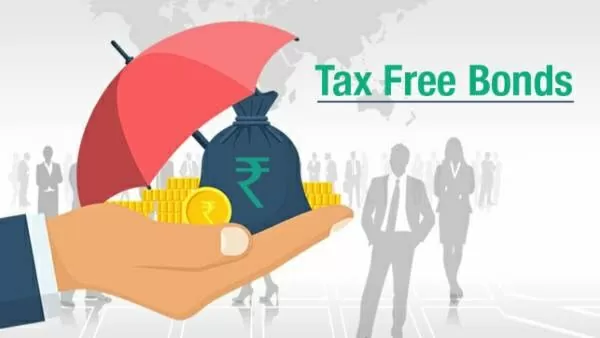
Tax Free Bonds: Debt asset classes such as bonds are booming due to expectations of interest rate cuts by the RBI. Investors can invest in tax-free bonds to take advantage of this opportunity. These bonds are traded on BSE and NSE. Some tax-free bonds are trading well. Their yield is also attractive. Investing in them is quite safe and gives regular income. These bonds are especially attractive for taxpayers falling in the higher tax slab of income tax.
Bonds of these companies are available for investment
A total of 14 government infrastructure companies, including NHAI, IRFC and Power Finance Corporation (PFC), have issued tax-free bonds, which are traded on NSE and BSE. These bonds were issued between 2012 and 2016. They were issued for 10 years, 15 years and 20 years. Their interest is paid every year. Most of these bonds have the highest rating of 'AAA'.
Traded on NSE and BSE
There is no tax on interest income on tax-free bonds. Since these bonds are issued by government companies, they are guaranteed by the Government of India. Therefore, investing in them is completely safe. Therefore, these bonds are good for investors who want regular income with the safety of their capital. Out of the total 193 series of tax-free bonds, 92 series have matured. The rest are traded on NSE and BSE.
Keep these things in mind while investing
If you want to invest in these tax-free bonds, then you should invest in bonds with high liquidity and yield to maturity (YTM). YTM means the annual return that the investor is expected to get if he maintains his investment till maturity. According to data from HDFC Securities, most of the bonds in this series have low liquidity. But there are 20 such series which have high YTM and good liquidity.
Attractive for investors in higher tax slabs
According to HDFC Securities, there are 15 series of tax-free bonds that trade at a relatively high YTM of 5.5 to 5.9 per cent. This return is comparable to the returns on corporate bonds and bank fixed deposits. However, the interest on corporate bonds and bank FDs is taxable. This leaves the post-tax return for investors in the 30 per cent tax slab at 5.1 per cent and 4.3 per cent, respectively. Therefore, investing in tax-free bonds is beneficial for investors in the higher tax slab.
 look news india
look news india